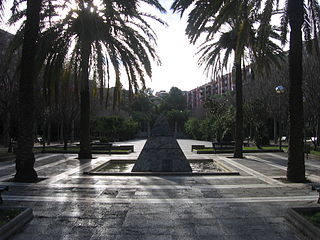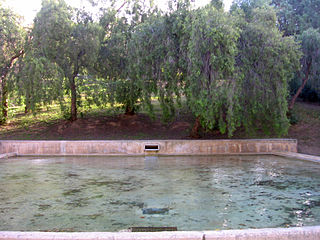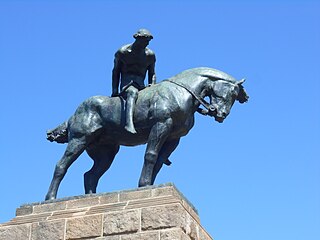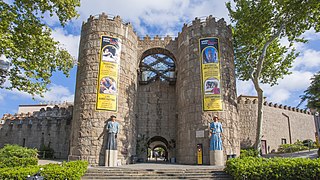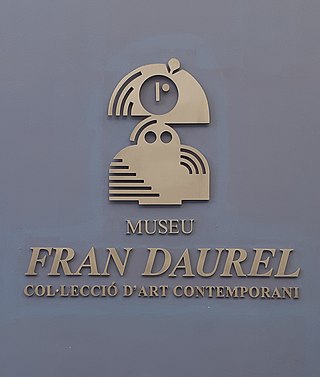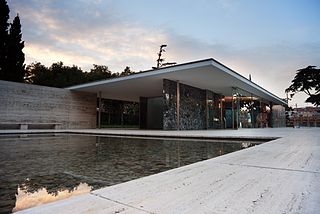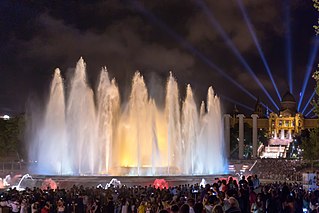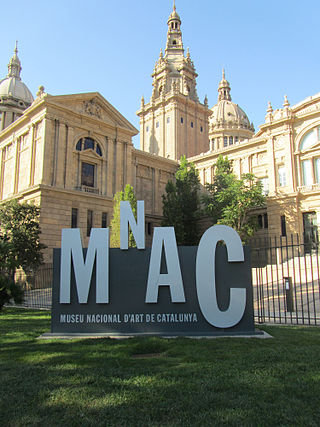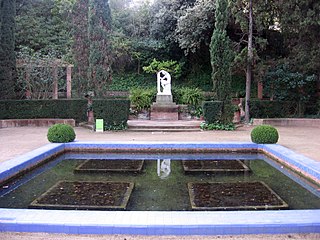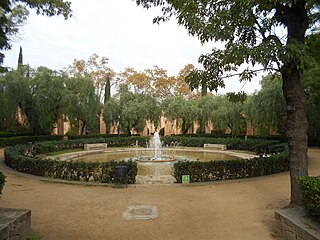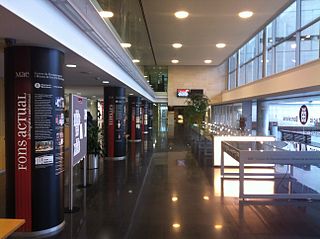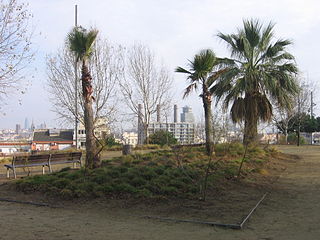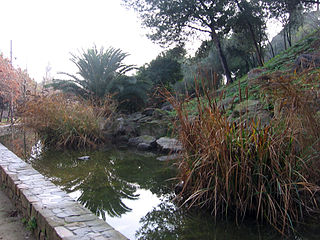Self-guided Sightseeing Tour #7 in Barcelona, Spain
Legend
Guided Free Walking Tours
Book free guided walking tours in Barcelona.
Guided Sightseeing Tours
Book guided sightseeing tours and activities in Barcelona.
Tour Facts
6.1 km
226 m
Experience Barcelona in Spain in a whole new way with our self-guided sightseeing tour. This site not only offers you practical information and insider tips, but also a rich variety of activities and sights you shouldn't miss. Whether you love art and culture, want to explore historical sites or simply want to experience the vibrant atmosphere of a lively city - you'll find everything you need for your personal adventure here.
Activities in BarcelonaIndividual Sights in BarcelonaSight 1: Parc de Can Sabaté
The Can Sabaté park is located in the Marina de Port, in the Sants-Montjuïc district of Barcelona. It was built in 1984 with a project by Neus Solé, Imma Jansana and Daniel Navas, who had the advice of Nicolau Maria Rubió i Tudurí, former director of Parks and Gardens of Barcelona between 1917 and 1937, author of Montjuïc Park together with Jean-Claude Nicolas Forestier in 1929.
Sight 2: Parc de la Font Florida
Font Florida Park is located next to Montjuïc Mountain, near the Zona Franca, in the Sants-Montjuïc district of the city of Barcelona. It was created in 1995 with a project by Carles Casamor, Ramon Marquès and Carles Fuentes.
Sight 3: Estàtua eqüestre de Sant Jordi
Saint George, also known as the equestrian statue of Saint George, Saint George naked or Saint George triumphant, is a sculpture located in the Sants-Montjuïc district of Barcelona, in Plaça de Sant Jordi, also known as Mirador del Llobregat. A work by Josep Llimona from 1924, it was placed in the context of the urbanisation of Montjuïc mountain carried out for the celebration of the International Exhibition of 1929. This work is registered as a Cultural Asset of Local Interest (BCIL) in the Inventory of Catalan Cultural Heritage with the code 08019/1780.
Sight 4: Font de Ceres
The Ceres Fountain is located in Plaça de Sant Jordi —also known as Mirador del Llobregat—, on Montjuïc Mountain, Barcelona. It was created in 1830 by Celdoni Guixà. This work is registered as a Cultural Asset of Local Interest (BCIL) in the Inventory of Catalan Cultural Heritage with the code 08019/1781.
Sight 5: Poble Espanyol
The Poble Espanyol is an open-air architectural museum in Barcelona, Catalonia, Spain, approximately 400 metres away from the Fountains of Montjuïc. Built for the 1929 Barcelona International Exposition, the museum consists of 117 full-scale buildings replicated from different places in the Iberian Peninsula, joined forming a small town recreating urban atmospheres of disparate places in Spain. It also contains a theater, restaurants, artisan workshops and a museum of contemporary art.
Sight 6: Museu Fran Daurel
The Fran Daurel Museum is located in the Sants-Montjuïc district of Barcelona, within the Poble Espanyol site. Managed by the Fran Daurel Foundation, it is dedicated to contemporary art – preferably Catalan – with more than 300 works by artists such as Pablo Picasso, Joan Miró, Salvador Dalí, Antoni Tàpies and Miquel Barceló. In addition to the collection located in the museum's headquarters building, it has a sculpture garden located outside the building, in the outdoor gardens of the Poble Espanyol.
Sight 7: CaixaForum Barcelona
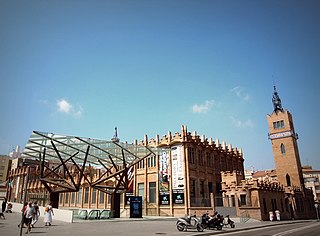
CaixaForum Barcelona is a cultural center in Barcelona, Catalonia, Spain. Located in the Montjuïc area in a former Modernist textile factory designed by Josep Puig i Cadafalch, it is owned by the not-for-profit banking foundation "la Caixa". After a restoration of the building, the art center opened its doors in 2002 and since then it hosts temporary art exhibitions and cultural events.
Sight 8: Barcelona Pavilion
The Barcelona Pavilion, designed by Ludwig Mies van der Rohe and Lilly Reich, was the German Pavilion for the 1929 International Exposition in Barcelona, Spain. This building was used for the official opening of the German section of the exhibition. It is an important building in the history of modern architecture, known for its simple form and its spectacular use of extravagant materials, such as marble, red onyx and travertine. Furnishings specifically designed for the building, including the Barcelona chair, are still in production. It has inspired many important modernist buildings. The original structure was demolished in 1930, and the existing reconstruction was completed in 1986.
Sight 9: Magic Fountain of Montjuïc
The Magic Fountain of Montjuïc is a fountain located at the head of Avinguda Maria Cristina in the Montjuïc neighborhood of Barcelona, Catalonia, Spain. The fountain is situated below the Palau Nacional on the Montjuïc mountain and near the Plaça d'Espanya and Poble Espanyol de Barcelona. The fountain, like most of the surrounding developments, was constructed for the 1929 Barcelona International Exposition.
Sight 10: National Art Museum of Catalonia
Get Ticket*The Museu Nacional d'Art de Catalunya, abbreviated as MNAC, is a museum of Catalan visual art located in Barcelona, Catalonia, Spain. Situated on Montjuïc hill at the end of Avinguda de la Reina Maria Cristina, near Pl Espanya, the museum is especially notable for its outstanding collection of romanesque church paintings, and for Catalan art and design from the late 19th and early 20th centuries, including modernisme and noucentisme. The museum is housed in the Palau Nacional, a huge, Italian-style building dating to 1929. The Palau Nacional, which has housed the Museu d'Art de Catalunya since 1934, was declared a national museum in 1990 under the Museums Law passed by the Catalan Government. That same year, a thorough renovation process was launched to refurbish the site, based on plans drawn up by the architects Gae Aulenti and Enric Steegmann, who were later joined in the undertaking by Josep Benedito. The Oval Hall was reopened for the 1992 Summer Olympic Games, and the various collections were installed and opened over the period from 1995 to 2004. The museum was officially inaugurated on 16 December 2004. It is one of the largest museums in Spain.
Sight 11: Museu Etnològic
The Museum of Ethnology and World Cultures (MuEC) is a museum located in the city of Barcelona that aims to preserve and disseminate cultural diversity, reflecting on changes and conflicts in society to become a Social Museum. Despite its long history, it adopted its current name in 2018 as a result of the merger of the Ethnological Museum of Barcelona and the Museum of World Cultures. It has two headquarters: Montjuïc and Montcada.
Wikipedia: Museu Etnològic i de Cultures del Món (CA), Website
Sight 12: Jardins de Laribal
The Laribal Gardens are located on the mountain of Montjuïc in Barcelona and are listed as an asset with elements of interest. They were made between 1917 and 1924, on the occasion of the Barcelona International Exhibition of 1929 by Jean-Claude Nicolas Forestier and Nicolau Maria Rubió i Tudurí.
Sight 13: Jardins de l'Umbracle
The Umbracle Gardens are located on Montjuïc Mountain, in the Sants-Montjuïc district of Barcelona. They were made between 1917 and 1924, on the occasion of the Barcelona International Exhibition of 1929, being the work of Jean-Claude Nicolas Forestier and Nicolau Maria Rubió i Tudurí. Its name comes from the shade of the Font del Gat, a greenhouse that disappeared in a fire in the 1960s, of which the walls remain.
Sight 14: Teatre Lliure
The Teatre Lliure is a theatre in Barcelona, Spain, considered one of the most prestigious in Catalonia.
Sight 15: Barcelona Teatre Musical
The Palau dels Esports de Barcelona is a multi-purpose indoor arena in Barcelona, Catalonia, Spain. It is on Lleida Street on the slopes of Montjuïc, a hill to the south east of the city centre.
Sight 16: Museu de les Arts Escèniques
The Centre de Documentació i Museu de les Arts Escèniques, also known as MAE, is a centre for information and research on the performing arts in Catalonia, Spain. The centre has an extensive library, an archive and collections from the Institut del Teatre, which specializes in theatre, dance, opera, zarzuela, music hall, magic and circus performances. Its major collections encompass Catalonia and the Spanish Golden Age. The centre also has posters, programmes, photographs, pictures, puppet theatres, set designs and costumes which are exhibited in temporary exhibitions and online, since it has no permanent exhibition space. The museum is a member of SIBMAS and ENICPA, and is part of the ECLAP European Project. In Catalonia, it is involved with the Consortium of Academic Libraries of Catalonia.
Wikipedia: Centre de Documentació i Museu de les Arts Escèniques (EN), Website
Sight 17: Refugi 307
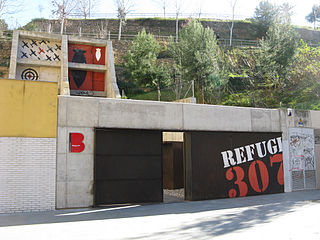
Shelter 307 is one of the air-raid shelters for the civilian population built during the Spanish Civil War in the city of Barcelona, listed as an asset with elements of interest. It was excavated thanks to the work of many neighbors in the Poble Sec neighborhood, and is currently open to the public as part of the Barcelona History Museum.
Sight 18: Parc de la Primavera
Parc de la Primavera is located on Montjuïc Mountain, in the Sants-Montjuïc district of Barcelona. It was created in 2007 with a project by Patrizia Falcone. This park was conceived with criteria of self-sufficiency and sustainability, one of the basic premises in the creation of green areas in the city today, such as the parks of Can Rigal, Torrent Maduixer and Rieres d'Horta.
Sight 19: Parc del Mirador del Poble Sec
The Mirador del Poble-sec Park is located on Montjuïc Mountain, in the Sants-Montjuïc district of Barcelona. It was made between 1995 and 1997 with a project by Patrizia Falcone.
Share
Disclaimer Please be aware of your surroundings and do not enter private property. We are not liable for any damages that occur during the tours.
GPX-Download For navigation apps and GPS devices you can download the tour as a GPX file.
